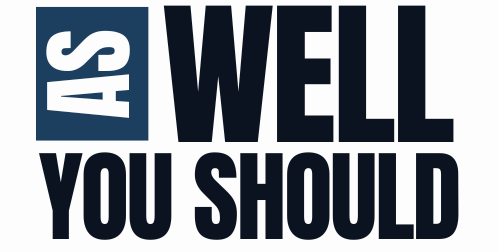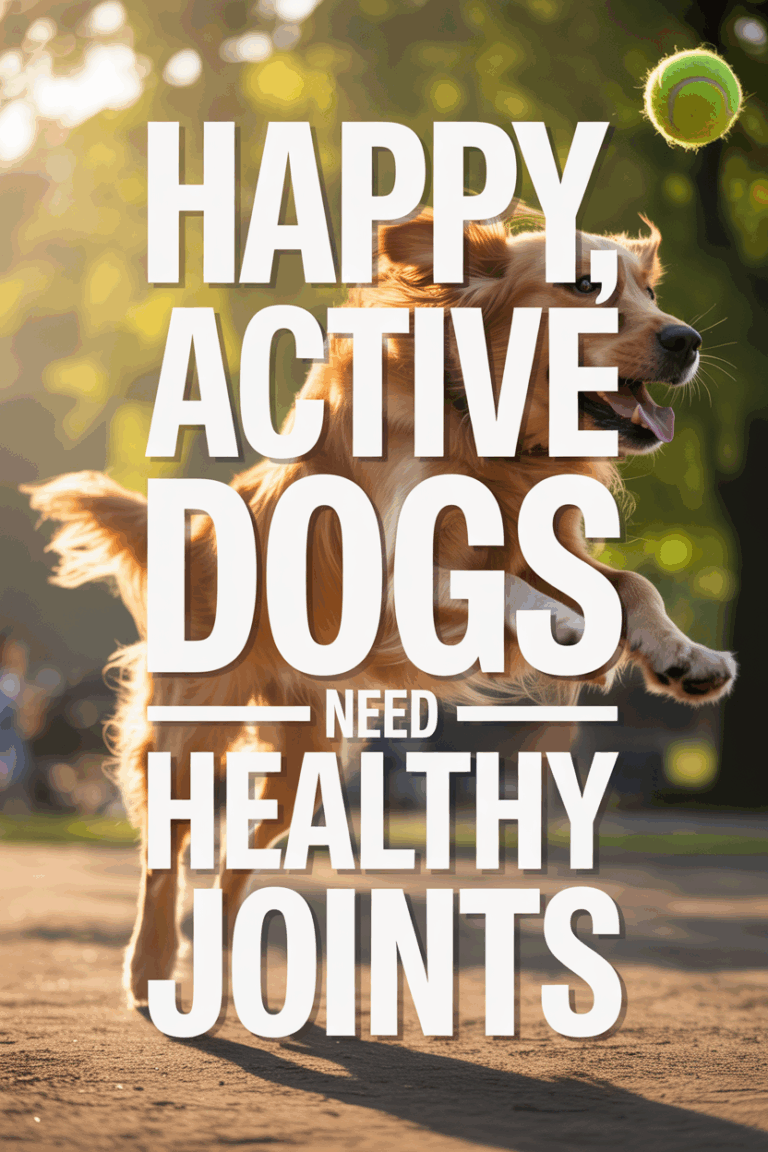7 Red Light Therapy for Injury Studies (Soft Tissue Repair)
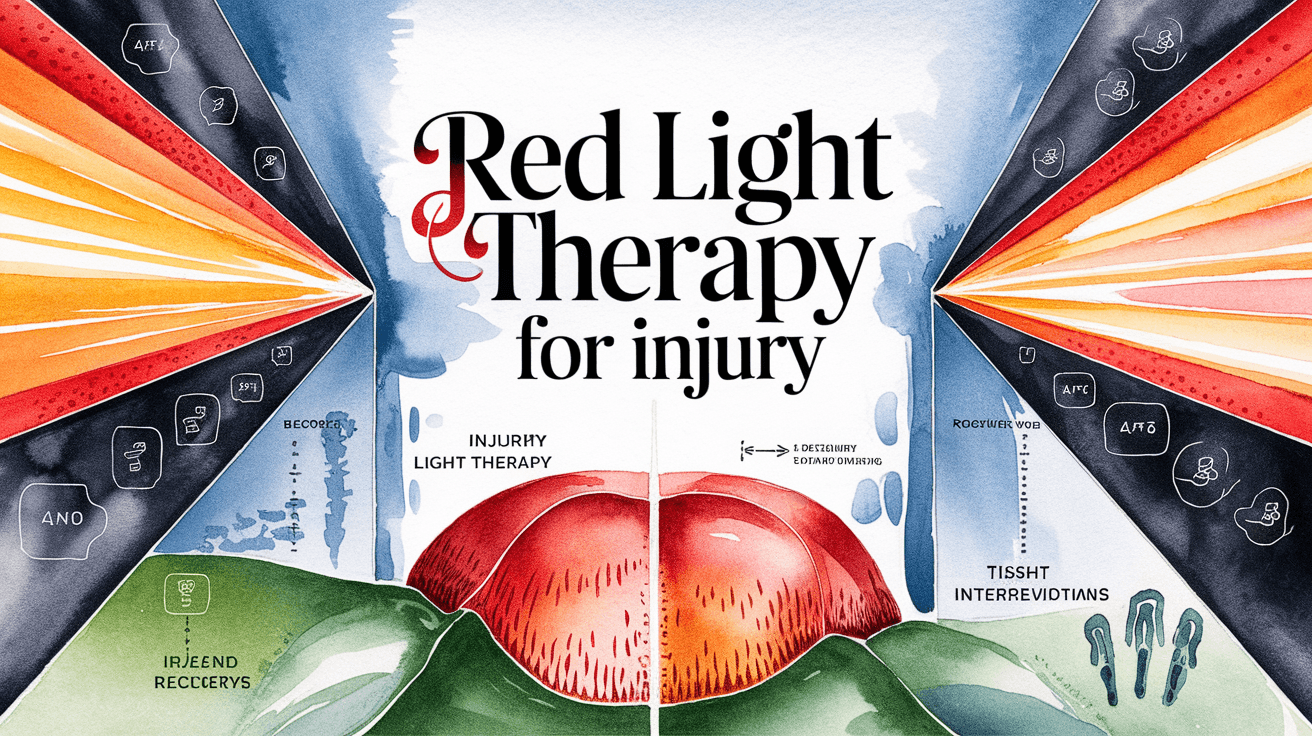
How Red Light Therapy Can Speed Up Injury Recovery

Nothing is more disappointing for an athlete than losing playtime to an injury. When your body is pushed to its limits, the risk of sprains, strains, and other soft tissue damage is always present.
Fortunately, red light therapy, a wellness technology with roots in NASA research, can be a great partner in your healing journey. For many people, the results are impressive.
Using red light therapy for a muscle injury can help you get back on the field faster. It helps prevent soft tissue injuries and speeds healing when they do happen by reducing swelling, increasing blood flow, and boosting collagen production.
It’s also an excellent, natural choice for effective pain relief without the side effects of common medications.
What Are the Proven Benefits for Athletes?
The benefits of red light therapy for muscle injury are backed by a lot of clinical research. The therapy works by starting natural processes in your body that lead to faster, more effective healing.
It helps reduce long-term inflammation. This kind of inflammation is a main cause of pain and can slow your recovery by causing more tissue damage.
By helping you maintain strength for longer, it can lead to fewer sports injuries, which are often caused by tired muscles.
Athletes often see an increase in their VO2 max after treatment. This builds stamina and improves overall performance, giving you a healthy advantage.
The therapy also lessens the feeling of pain during both exercise and the important injury recovery phase, making the process easier to handle.
On a cellular level, it protects your cells from a type of damage called oxidative stress, which happens during exercise. This helps heal injuries faster and reduces your time on the bench.
How Does Red Light Therapy Prepare Muscles for Action?

Many clinical trials and studies show that red light therapy helps athletes run faster and lift more weight.
While helping improve performance, it also works to reduce the inflammation and oxidative stress that can slow you down.
Proven effects include stronger, less-swollen muscles and the ability to use your muscles longer before they get tired.
This means less muscle soreness after exercise, longer workouts, and a faster recovery overall. It also actively lessens the feeling of pain, allowing you to train harder and heal more comfortably.
How to Ease Inflammation and Muscle Damage from Exercise

A 2010 study in the Journal of Orthopaedic & Sports Physical Therapy showed that red light therapy reduces muscle damage and swelling while increasing strength after a tough workout[1].
Inflammation is a natural part of healing, but it can cause problems when it lasts a long time. This chronic inflammation can damage the very tissue it’s trying to heal and cause a lot of pain.
In the study, researchers showed that using red and infrared light beforehand led to less muscle damage. The group that received light therapy had more leg power and less inflammation.
The treated group could also use their muscles longer before feeling tired compared to the control group. This shows that red light therapy helps build stronger muscles with less swelling, which can help with issues like shoulder tendinitis.
How to Delay Muscle Fatigue and Help Prevent Strains
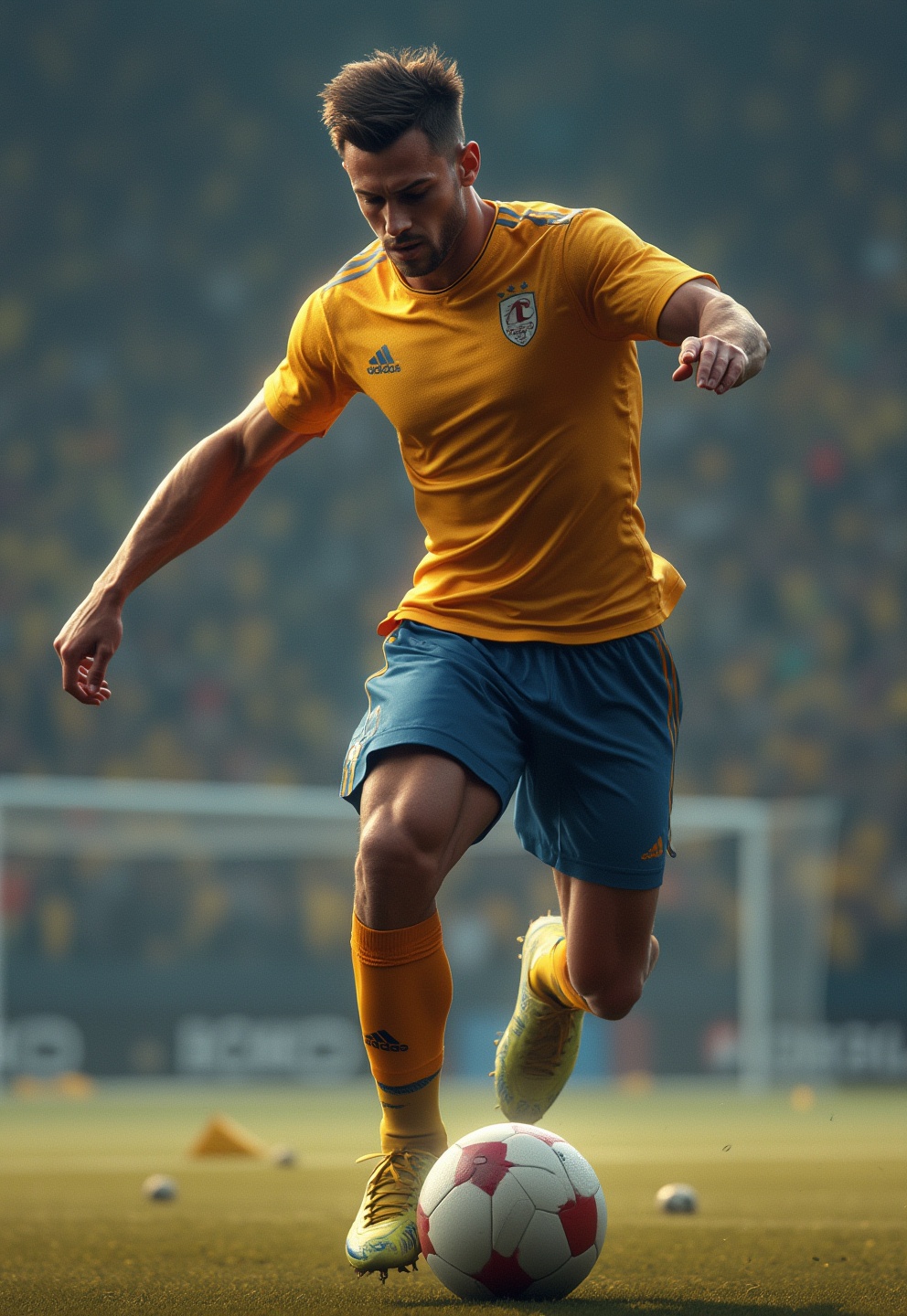
Red light therapy increases muscle strength while reducing tiredness, helping to prevent injuries, according to a 2019 study in Lasers in Medicine and Science[2].
Soft tissue injuries often happen when athletes push their bodies too far, until their muscles are worn out.
By helping your muscles last longer and get more oxygen, red light therapy can help stop this from happening. This greatly lowers your risk of getting hurt from a lack of stamina.
In the study, amateur soccer players had up to 75% less hamstring fatigue when they used 880 nm infrared light before a match.
Players treated with infrared light showed greater hamstring strength, from 53% to 75% stronger than the players who didn’t receive treatment. Researchers concluded that photobiomodulation is “a promising tool to prevent hamstring strain injury in soccer players.”
How to Build Endurance and Speed Up Post-Workout Recovery
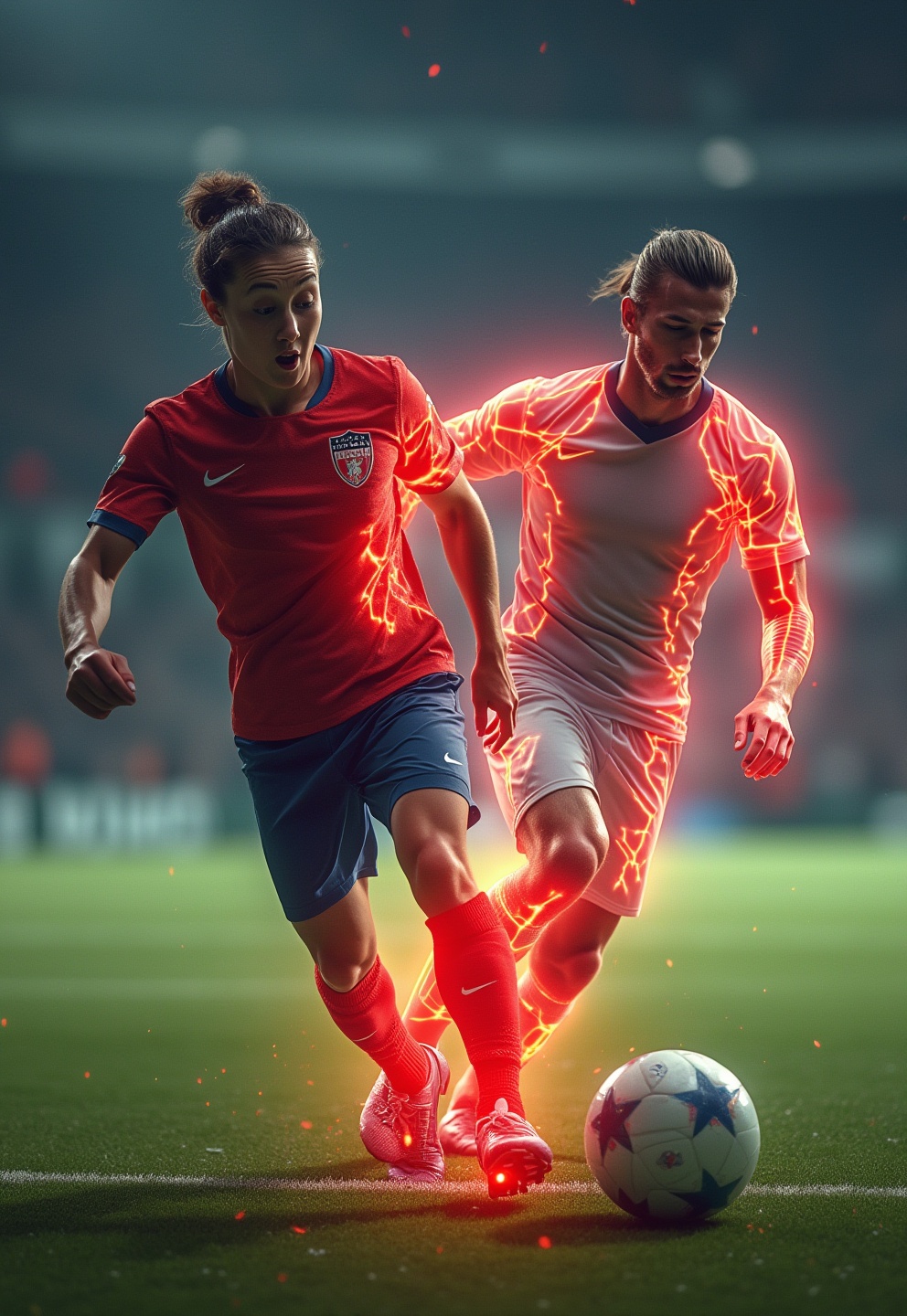
According to a 2019 study in Oxidative Medicine and Cellular Longevity, red light therapy reduces cell damage, improves oxygen delivery, eases soreness, and helps you recover faster[3].
In this trial, professional soccer players showed a big drop in the signs of exercise-related injury after receiving infrared light to their legs before exercise.
Using the light before exercise led to many good results, as you can see in the table below.
| Red Light Therapy Effect | What It Means for Athletes |
|---|---|
| Less cell damage | Reduced soft tissue (muscle) injury |
| Higher VO2 max | Greater workout duration and endurance |
| Lower creatine kinase & lactate dehydrogenase | Less delayed onset muscle soreness (DOMS), faster recovery |
| Lower carbonylated proteins | Indicates less oxidative damage |
| Increased superoxide dismutase & catalase | Prevents oxidative damage by boosting natural antioxidants |
For players who did get injured, red light therapy helped reduce muscle damage and speed up recovery.
The improved oxygen use (VO2 max) meant their muscles had more oxygen during play. This allowed them to perform longer before tiring and reduced the risk of injuries caused by exhaustion.
Is There a Natural, Powerful Alternative to NSAIDs for Pain?

A 2013 study in Photochemistry and Photobiology found that red light therapy reduced muscle inflammation and pain better than a common NSAID, diclofenac[4].
NSAIDs work by stopping certain chemicals that cause inflammation. While this approach works, it can also cause unwanted side effects.
In a head-to-head comparison on muscle strain, researchers compared topical diclofenac, intramuscular diclofenac, and 810 nm infrared light.
The results were impressive: red light therapy was just as effective as both forms of the drug at blocking two inflammation markers, COX-1 and COX-2. Even better, it blocked a third inflammatory marker, prostaglandin E2, more than the NSAID did.
Walking analysis confirmed this, as the light therapy group had healthier gaits. The authors concluded, “We can conclude that LLLT has more efficacy than… diclofenac in treating muscle strain injury in the acute stage.”
Can It Soothe Ankle Sprains and Heal Bruises Faster?

For a common and painful injury like an ankle sprain, red light therapy can make a huge difference. A randomized, placebo-controlled trial found it reduced pain by over 30% and greatly reduced bruising[5].
The study included 40 volunteers with new ankle sprains who all received standard R.I.C.E. treatment (rest, ice, compression, elevation).
However, the half of the group that also received six daily treatments of 627 nm red light saw a 30.06% and 30.81% improvement on two standard pain scales.
This group also had much less bruising after just six days. This shows how red light therapy speeds up the healing you can both see and feel.
How Does It Protect Muscles from Damage?

Tough exercise causes oxidative stress and inflammation, which damage muscle cells on a microscopic level. Research shows that red light therapy directly fights this damage by helping your body’s own natural defenses[6].
Oxidative stress is a normal byproduct of inflammation, but it causes widespread cell damage if it isn’t controlled.
Red light therapy helps your body produce powerful antioxidant enzymes, like superoxide dismutase, that stop this damage before it can build up.
One study found that soccer players who used red light therapy had higher levels of these natural antioxidants. They also had lower levels of certain damaged proteins in their blood, which are signs that cells aren’t working properly[7].
This shows that red light therapy can stop tissue damage right at the source, protecting your muscles from the inside out.
How to Get Back in the Game Nearly Twice as Fast

For any athlete, the biggest question after an injury is often, “How soon can I play?”
A 2016 study in Laser Therapy showed that infrared light can speed up athletic injury recovery time by almost 50%[8]. Soft tissue injuries—including sprains, strains, ligament damage, and tendinitis—all healed faster with red light therapy.
The study followed 395 injured university athletes. Those who only received traditional treatments returned to play in an average of 19.23 days.
In contrast, the athletes who also used red light therapy were back in just 9.6 days.
For any athlete wanting to spend less time on the bench, red light therapy is a proven tool to speed up healing and help you get back to your best performance sooner.
The Winning Verdict: A Faster, More Natural Recovery
The evidence is clear: red light therapy is a powerful tool for athletes who want a faster recovery from muscle injuries. Many scientific studies show it works well to reduce swelling, muscle soreness, and damage to your cells.
At the same time, it is proven to increase muscle strength, stamina, and your body’s ability to fight damage. This helps prevent injuries from happening in the first place.
From sprains and strains to bruises and tendonitis, this therapy helps you heal faster.
As multiple studies have shown, athletes using red light therapy return to play nearly twice as fast as those who don’t.
With proven benefits like reduced pain, less bruising, and a much faster recovery, red light therapy is a key, natural, and gentle tool for spending less time on the sidelines and more time in the game.
Dive Deeper: References and Recommended Reading
- Leal Junior EC, Lopes-Martins RA, Frigo L, et al. Effects of low-level laser therapy (LLLT) in the development of exercise-induced skeletal muscle fatigue and changes in biochemical markers related to postexercise recovery. J Orthop Sports Phys Ther. 2010;40(8):524-532.
- Dornelles MP, Fritsch CG, Sonda FC, et al. Photobiomodulation therapy as a tool to prevent hamstring strain injuries by reducing soccer-induced fatigue on hamstring muscles. Lasers Med Sci. 2019;34(6):1177-1184.
- Tomazoni SS, Machado CDSM, De Marchi T, et al. Infrared Low-Level Laser Therapy (Photobiomodulation Therapy) before Intense Progressive Running Test of High-Level Soccer Players: Effects on Functional, Muscle Damage, Inflammatory, and Oxidative Stress Markers-A Randomized Controlled Trial. Oxid Med Cell Longev. 2019;2019:6239058.
- de Paiva Carvalho RL, Leal-Junior EC, Petrellis MC, et al. Effects of low-level laser therapy (LLLT) and diclofenac (topical and intramuscular) as single and combined therapy in experimental model of controlled muscle strain in rats. Photochem Photobiol. 2013;89(2):508-512.
- de Moraes Prianti B, Novello GF, de Souza Moreira Prianti T, et al. Evaluation of the therapeutic effects of led on the initial phase of ankle sprain treatment: a randomised placebo-controlled clinical trial. Lasers Med Sci. 2018;33(5):1031-1038.
- Younus H. Therapeutic potentials of superoxide dismutase. Int J Health Sci (Qassim). 2018;12(3):88-93.
- Suzuki YJ, Carini M, Butterfield DA. Protein carbonylation. Antioxid Redox Signal. 2010;12(3):323-325.
- Foley J, Vasily DB, Bradle J, Rudio C, Calderhead RG. 830 nm light-emitting diode (led) phototherapy significantly reduced return-to-play in injured university athletes: a pilot study. Laser Ther. 2016;25(1):35-42.
- Red Light Therapy: A Powerful Ally in Healing and Recovery – Fyzical Therapy & Balance Centers
- NASA Research Illuminates Medical Uses of Light – NASA Spinoff
- What You Should Know About Red Light Therapy – University Hospitals
- Red Light Therapy For Sports Performance – Kineon
- Does Red Light Therapy Actually Work For Pain Relief? – Women’s Health Magazine
